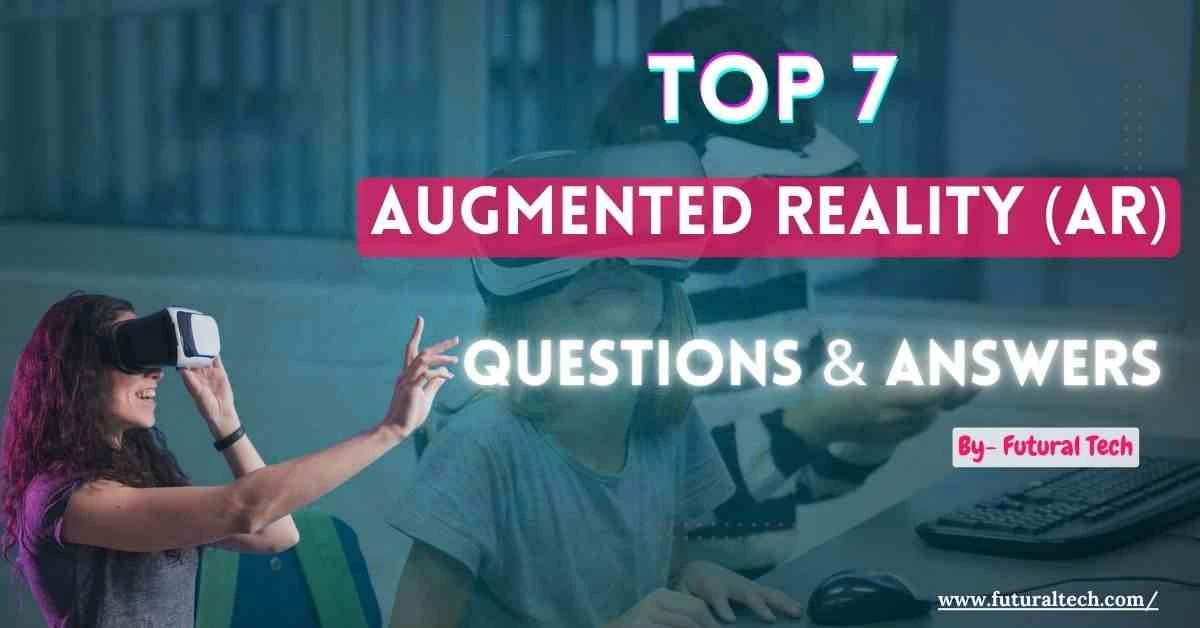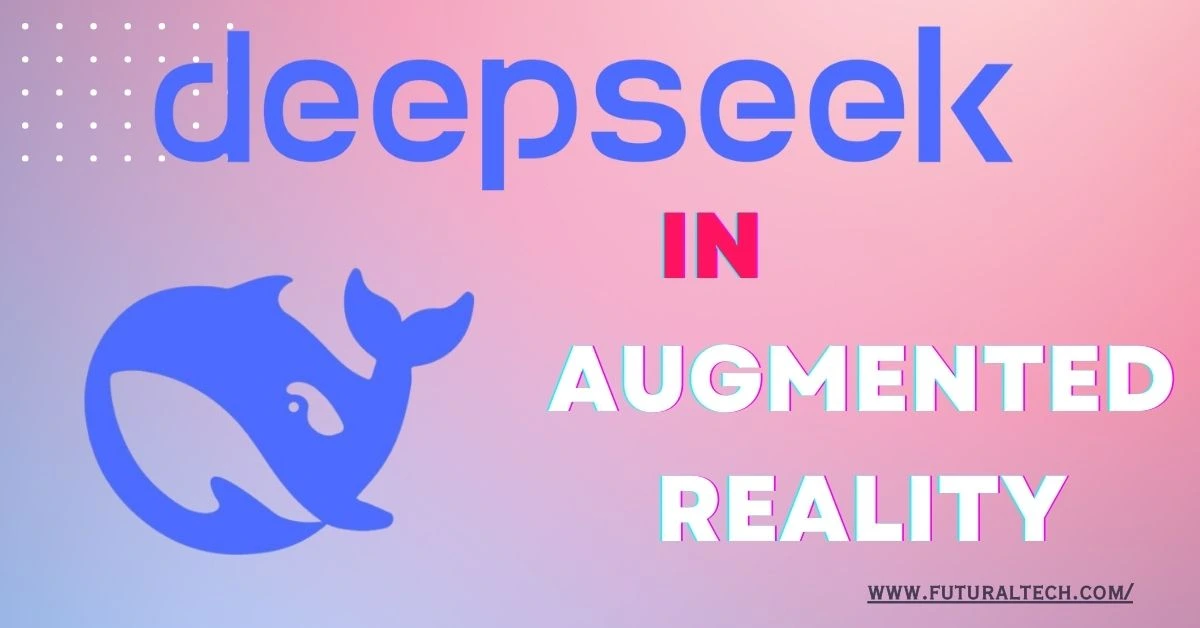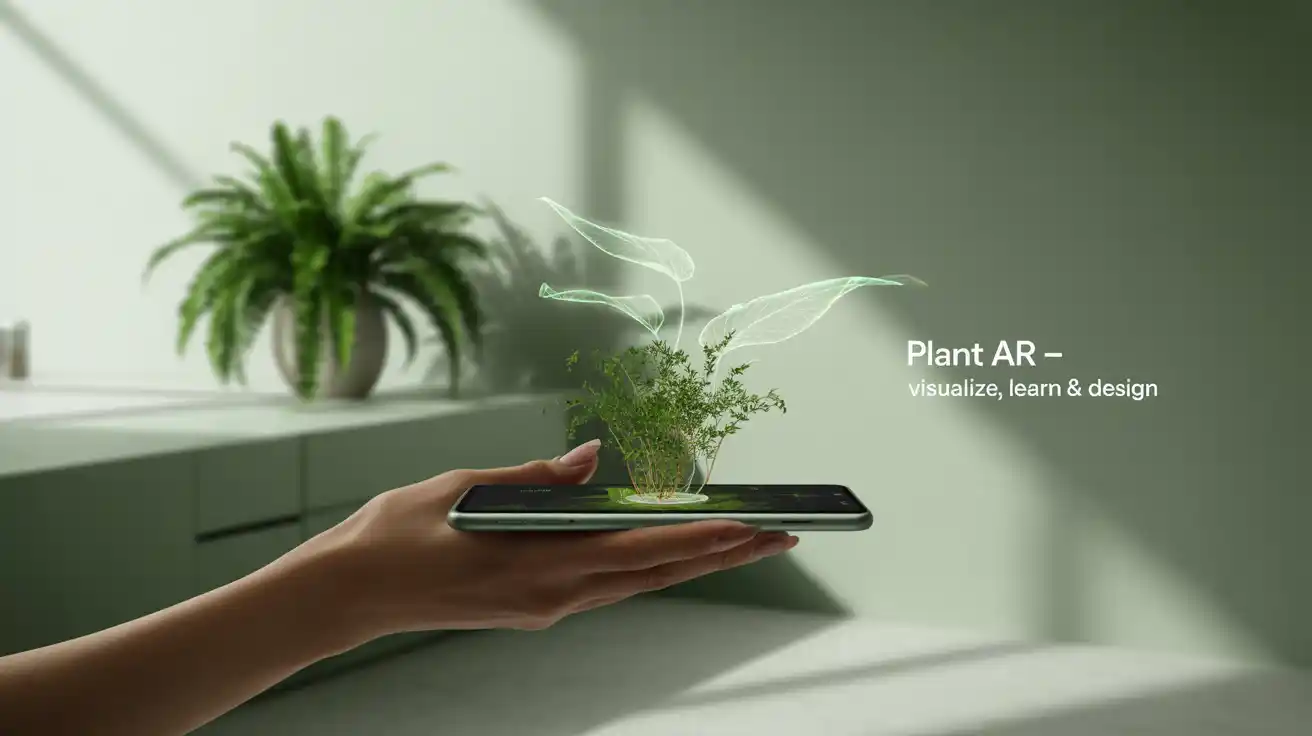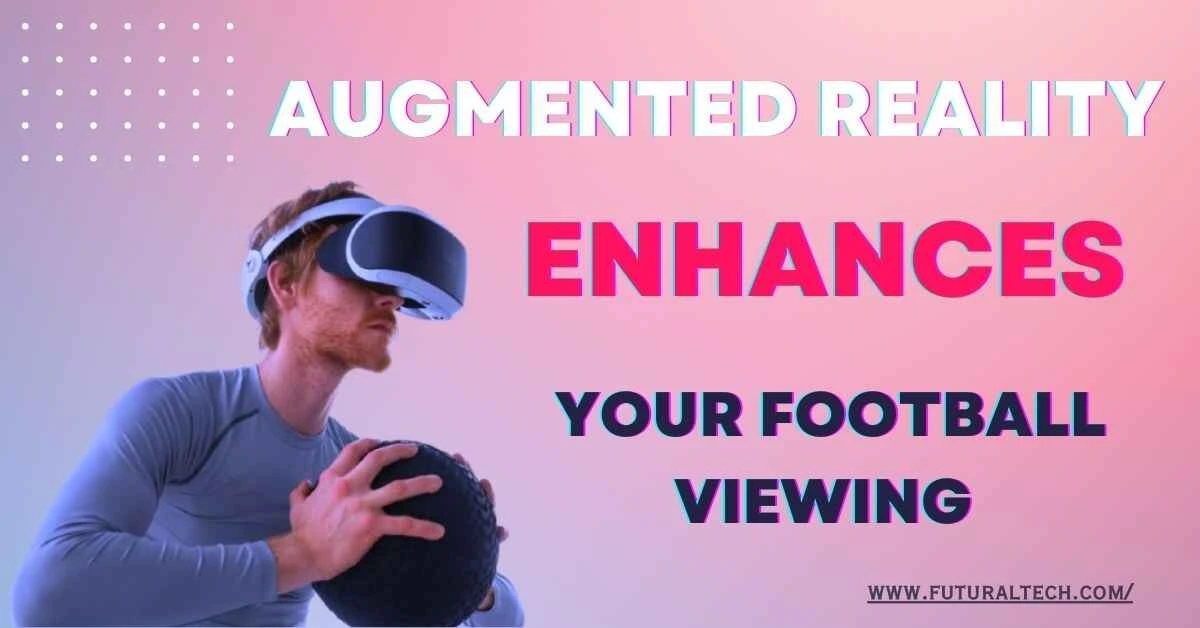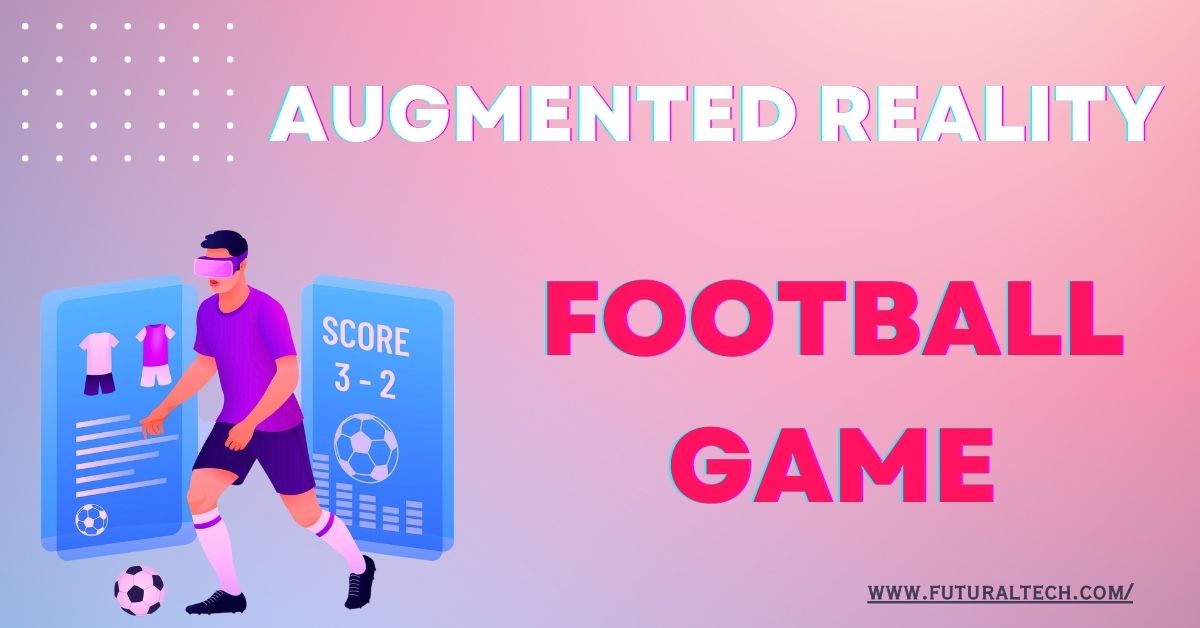How Are AR and VR Useful for the Teaching and Learning Process?
By- Raj 5th-Oct-2024
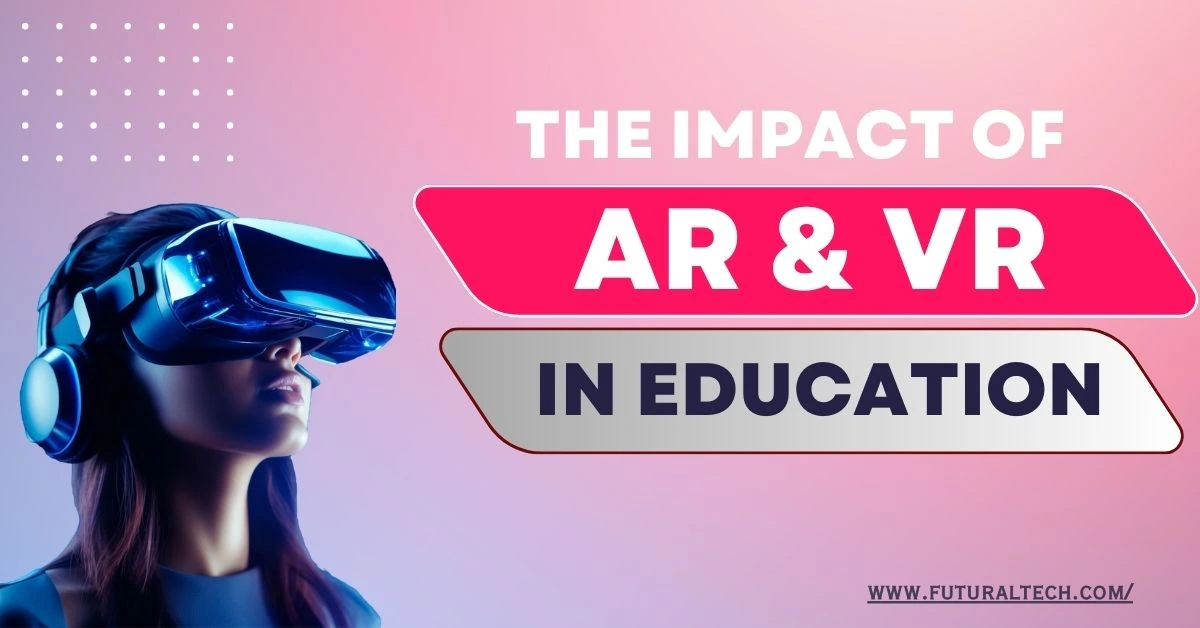
Recently, technological advancements have greatly revolutionized many different industries, and education is not left behind. Among the revolutionary innovations that reshape the face of teaching and learning are Augmented Reality (AR) and Virtual Reality (VR). How Are AR and VR Useful for the Teaching and Learning Process? These technologies can add immersion, interaction, and engagement that traditional methods will never offer. In this article, we will trace how AR and VR are used in education and how they are revolutionizing the way of learning for students and teaching for instructors.
How Are AR and VR Useful for the Teaching and Learning Process?
Before proceeding with their effect on education, some necessary background should be provided about the difference between AR and VR.
- Augmented Reality (AR):- AR stands for overlayer of many types of digital content, for example, images, animations, or information. How Are AR and VR Useful for the Teaching and Learning Process? It uses devices like smartphones, tablets, or AR glasses because it covers digital content in the real world. This technology affects the physical environment by adding layers of information that users can further engage with in real time.
- Virtual Reality (VR):- Virtual reality fully submerges the user in a virtual space, cutting the person off from the physical world. Using headsets, students can roam over 3D spaces, interact with dynamic content, and recreate situations that cannot be attempted in the traditional classroom setting.
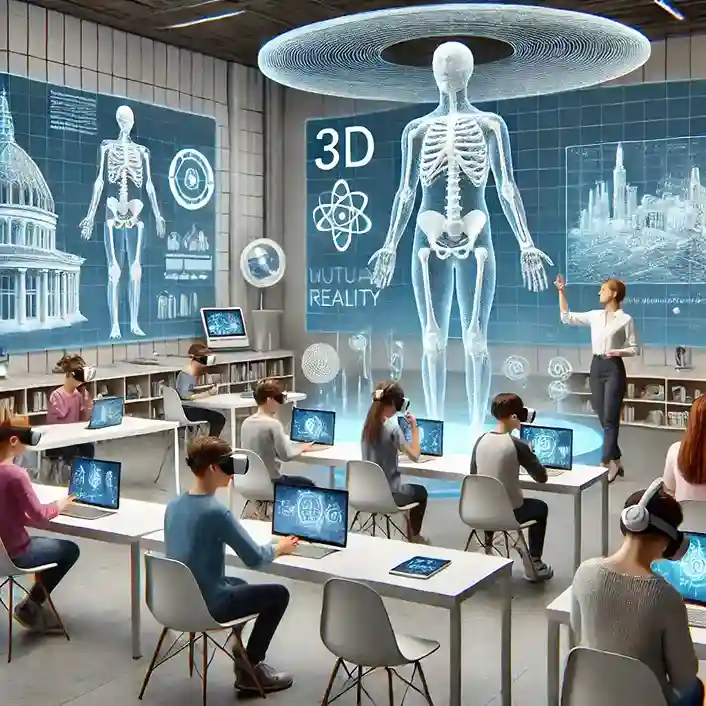
Both AR and VR are exciting new tools in education because of their particular powers to present content through innovative engagement, far-reaching simplifications of complex ideas, and new pathways into the world of content.
How Are AR and VR Useful for the Teaching and Learning Process?
How AR and VR Reinvent Teaching and Learning
-
Making Learning More Engaging and Interactive
The greatest value of AR and VR in teaching is that they make learning interesting and active. How Are AR and VR Useful for the Teaching and Learning Process? As opposed to traditional methods that are mostly dictations from books, lectures, or videos, AR and VR allow participation from students in the process of their learning.
For instance, AR applications can transform a biology textbook into an active, 3D model of the human body. How Are AR and VR Useful for the Teaching and Learning Process? All it takes to explore these systems is to point at the image with the device, then zoom in and study individual organs, along with animated sequences that describe how these systems work in real-time. One great benefit of hands-on interaction is that a student will be captured by this visually appealing method and grasp knowledge better.
How Are AR and VR Useful for the Teaching and Learning Process? For instance, with VR, one can take the students back into history to a specific era, relocate to other planets, or even submerge them into the bottom of the ocean. Concepts that are purely abstract or hard to understand through just textbooks would then find expression visually through this access. A lesson on the history of ancient Egypt, for example, could become a virtual tour around the pyramids whereby they would walk around and explore the architecture as if they were there.
-
Better Visualization of Abstract Concept
Sometimes, abstract concepts or very complex subjects like physics, chemistry, and mathematics do not present a clear image in the minds of the students. How Are AR and VR Useful for the Teaching and Learning Process? AR and VR significantly enhance this process.
For example, while studying projectile motion or the behavior of electric fields in physics class, VR can be developed for experimentation, so the students can see these concepts work. Similarly, working with AR, chemistry students can create 3D models of molecules so that the chemical reactions and atomic structures can be better understood in real time by the students.
-
Personalized and Self-Paced Learning
Another way How Are AR and VR Useful for the Teaching and Learning Process? is through personalized and self-paced learning. Every pupil learns differently. These can be tailored to adjust to the needs of the individual.
Depending on how well a student learns, VR applications can be designed to provide specific learning pathways. How Are AR and VR Useful for the Teaching and Learning Process? For instance, the math tutor in VR might review the student's performance to make exercises harder or easier. Simultaneously, AR can offer layers of information for those students who would want more details on any subject matter, thereby providing them with options to learn at whatever pace that suits them.
-
Facilitating Collaboration and Communication
Education is not merely taught as learning of knowledge, but collaboration and thought, and it can include solving problems. How Are AR and VR Useful for the Teaching and Learning Process? With the help of AR and VR, students can have new avenues through which they can collaborate, especially when they are miles apart.
With VR, students can attend virtual classrooms wherein they can interact with peers and teachers in real-time. Thus, virtual classrooms facilitate the replication of group activities, discussions, and even field trips, making for a more dynamic and interactive online learning form.
-
Overcoming Learning Barriers
When using AR and VR technologies, the barriers created by traditional approaches to learning can be broken. How Are AR and VR Useful for the Teaching and Learning Process? These technologies can be really helpful in overcoming barriers to learning for students with disabilities or those who have a hard time with conventional approaches.
AR technologies can provide audio descriptions of visual content or haptic feedback to reach out to the visually impaired. With VR, mobility-impaired students can be made accessible to navigate impossible-to-reach places. These technologies open up new avenues for engaging with the content and make education more inclusive.

The Future of AR and VR in Education
This is because, for students who have challenges and weaknesses concerning attention, such technologies break down lessons into easier, manageable experiences. The interactive nature of the tools holds people's attention better and makes learning more fun as well as less stressful.
Conclusion of the Future of AR and VR in Education
As these technologies continue to grow, so does their scope within education. Already, institutions around the world are integrating these technologies into curriculums, and there is no end in sight.
Virtual campuses would enable the student to attend classes, join their fellow students, and participate in extracurricular activities in a completely virtual learning environment. Such virtual campuses could bridge the gap between traditional distance learning and traditional classroom instruction.
The increased affordability and access to AR and VR devices will also mean that more schools are bound to find a way to put them in classrooms regardless of the constraints in place.
Conclusion
AR and VR make learning engaging, interactive, and personalized. It enables the realization of impossible scenarios, hence realizing complex concepts, teaming, and breaking any barriers in learning. There are endless possibilities that will surely change the way teaching and learning occur with increasing mainstreaming in education.
They ought to change it into their source of innovation in creating more dynamic and immersive learning experiences to prepare their students for future challenges.

